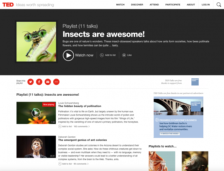Browse Resources
(18 classifications) (22 resources)
| Behavior.
(3)
Bibliography (1) Canada. (1) Classification. (5) Computer network resources (7) Databases (3) Ecology. (2) Feed and feeding. (1) Identification. (7) |
Illinois
(1)
Morphology. (1) North America. (2) Pathogens (1) Pictorial works (10) Popular works. (2) Research (6) Study and teaching (11) United States. (2) |
Resources | |||||||||||||||||||||||||||||||||||||||||||||||||||
|---|---|---|---|---|---|---|---|---|---|---|---|---|---|---|---|---|---|---|---|---|---|---|---|---|---|---|---|---|---|---|---|---|---|---|---|---|---|---|---|---|---|---|---|---|---|---|---|---|---|---|---|
| |||||||||||||||||||||||||||||||||||||||||||||||||||
| ← Previous | Next → | ||||||||||||||||||||||||||||||||||||||||||||||||||



